In the quest for sustainable solutions to our ever-growing environmental challenges, a groundbreaking innovation has emerged at the intersection of biology and engineering. Researchers in Montana have developed a revolutionary building material that not only promises to redefine construction but also harmonizes human ingenuity with the natural world. This innovation is rooted in mycelium, the intricate, root-like structures that form the foundation of fungal networks. By harnessing the power of this organic material, scientists are paving the way for a future where buildings are not just structures, but living, breathing entities that can adapt, repair, and even thrive.
The Promise of Mycelium
Mycelium is nature's hidden hero, a vast underground network that connects and sustains ecosystems. It is the foundation upon which mushrooms grow, but its potential extends far beyond the forest floor. Mycelium is incredibly resilient, capable of breaking down organic matter and even detoxifying polluted soil. Its ability to grow and adapt makes it an ideal candidate for a new generation of building materials—one that is both eco-friendly and self-sustaining.
The research team in Montana has taken this concept to new heights by developing a framework for a living, self-repairing building material. Imagine a house that can heal its own cracks, adapt to environmental changes, and even improve over time. This is not a distant dream but a tangible reality that scientists are working towards. The potential applications of this technology are vast, ranging from creating eco-friendly buildings to developing materials that can withstand the test of time.
From Forest Floor to Building Blocks
The process of transforming mycelium into a viable building material is both fascinating and complex. Researchers begin by cultivating mycelium in controlled environments, allowing it to grow into dense, interconnected networks. By introducing specific nutrients and conditions, they can guide the growth of mycelium to form structures with the desired properties. The result is a material that is not only strong and durable but also capable of self-repair.
One of the most significant advantages of mycelium-based materials is their sustainability. Unlike traditional construction materials like concrete and steel, which contribute significantly to carbon emissions, mycelium grows naturally and requires minimal processing. It is a renewable resource that can be cultivated on a large scale, making it a viable alternative for a more sustainable future.
The Self-Repairing Home
The concept of a self-repairing home may sound like science fiction, but it is rooted in the natural properties of mycelium. When a building made from this material sustains damage, the mycelium can continue to grow and fill in the gaps, effectively healing the structure. This ability to self-repair not only extends the lifespan of the building but also reduces the need for costly maintenance and repairs.
Moreover, mycelium-based materials can adapt to their environment. They can expand or contract in response to changes in temperature and humidity, ensuring that the structure remains stable and comfortable. This adaptability is a game-changer in the construction industry, where buildings are often subjected to harsh and unpredictable conditions.
Eco-Friendly and Sustainable
The environmental benefits of mycelium-based building materials are profound. Traditional construction methods are resource-intensive and produce significant waste. In contrast, mycelium grows from organic matter and can be cultivated using agricultural byproducts, reducing waste and promoting sustainability. Additionally, the production of mycelium-based materials generates minimal carbon emissions, making it a more environmentally friendly option.
As the world grapples with the challenges of climate change, the need for sustainable solutions has never been more urgent. Mycelium-based building materials offer a promising alternative that aligns with the principles of circular economy and regenerative design. By harnessing the power of nature, we can create buildings that not only reduce their environmental impact but also contribute to the health of the planet.
The Future of Construction
The potential applications of mycelium-based materials extend beyond residential construction. They could be used to build infrastructure projects, such as bridges and roads, that require durability and resilience. In addition, the flexibility of mycelium allows it to be shaped into various forms, making it suitable for a wide range of applications.
One of the most exciting aspects of this innovation is its scalability. While the current research is focused on small-scale applications, the potential for large-scale production is immense. With further development, mycelium-based materials could become a mainstream option in the construction industry, transforming the way we build and live.
Challenges and Opportunities
Despite the incredible potential of mycelium-based building materials, there are still challenges to overcome. One of the primary concerns is ensuring the structural integrity of these materials. While mycelium is strong and resilient, it needs to meet the rigorous standards required for construction. Researchers are working to enhance the strength and durability of mycelium-based materials through innovative techniques and hybrid approaches.
Another challenge is public perception. The idea of living in a house made of fungi may be unfamiliar and even unsettling to some. However, as awareness grows and the benefits become more apparent, it is likely that acceptance will follow. Education and demonstration projects will play a crucial role in building trust and showcasing the potential of this revolutionary material.
A Greener Tomorrow
The development of mycelium-based building materials is not just a technological breakthrough; it is a paradigm shift in the way we approach construction. By harnessing the power of nature, we can create buildings that are not only sustainable but also regenerative. This innovation points to a future where our built environment is in harmony with the natural world, reducing our impact on the planet and promoting a more sustainable way of life.
As we stand on the brink of this new era in construction, the possibilities are truly exciting. From self-repairing homes to eco-friendly infrastructure, mycelium-based materials offer a glimpse into a future where innovation and sustainability go hand in hand. The journey ahead is filled with challenges, but the potential rewards are immense. By embracing the power of mycelium, we can build a greener, more resilient future for generations to come.
The development of living, self-repairing building materials using mycelium is a testament to the incredible potential of combining biology and engineering. This innovation not only offers a sustainable alternative to traditional construction methods but also highlights the importance of looking to nature for solutions to our most pressing challenges. As we continue to explore the possibilities of mycelium-based materials, we are reminded that the future of construction is not just about building structures; it is about creating living, breathing environments that enhance our lives and protect our planet.
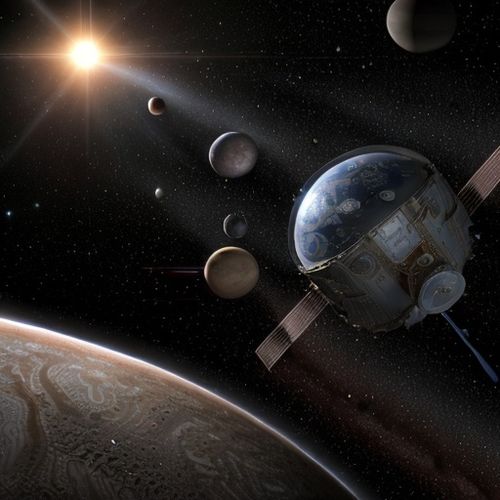
By Sophia Lewis/May 6, 2025
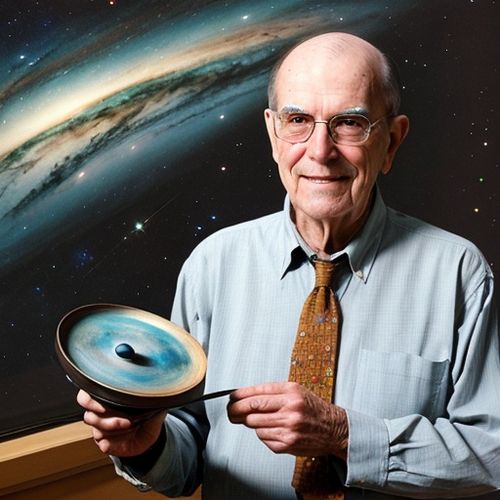
By Olivia Reed/May 6, 2025

By William Miller/May 6, 2025
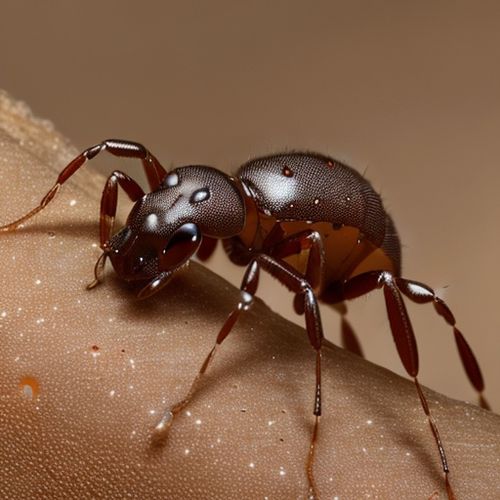
By Eric Ward/May 6, 2025
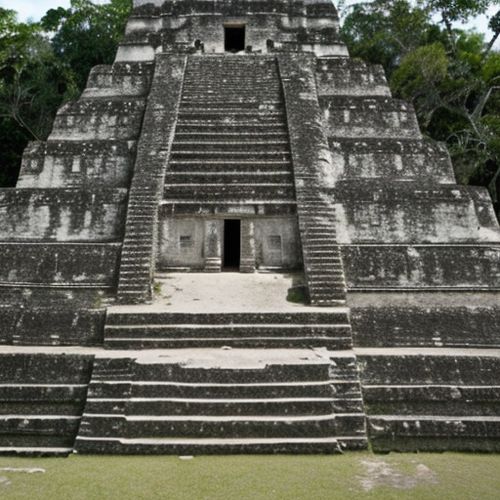
By John Smith/May 6, 2025
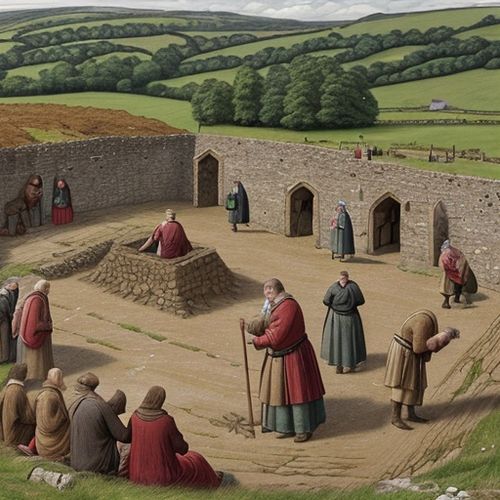
By Rebecca Stewart/May 6, 2025

By Benjamin Evans/May 6, 2025

By Eric Ward/May 6, 2025

By Eric Ward/May 6, 2025
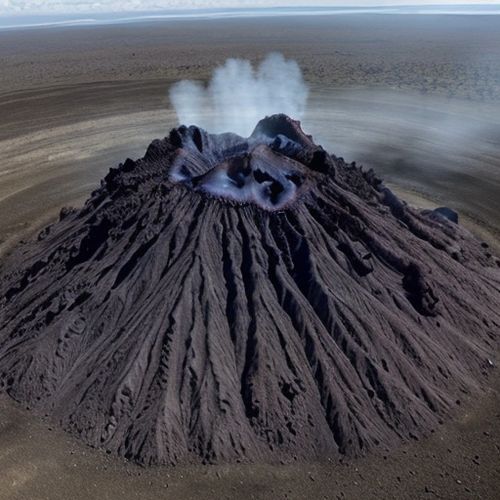
By Daniel Scott/May 6, 2025

By Benjamin Evans/May 6, 2025

By Elizabeth Taylor/May 6, 2025

By James Moore/May 6, 2025
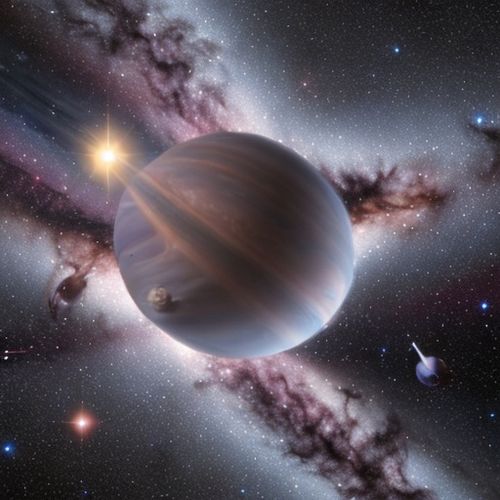
By Victoria Gonzalez/May 6, 2025

By Sophia Lewis/May 6, 2025
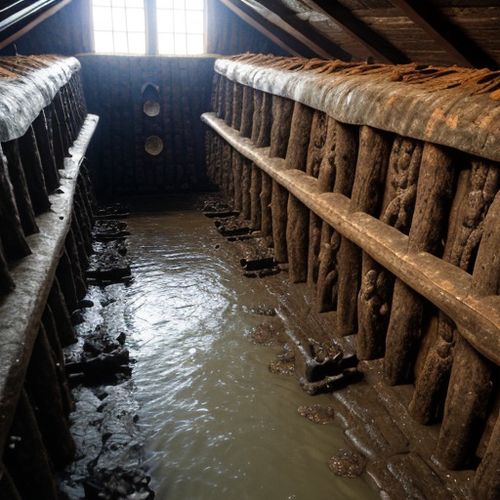
By Laura Wilson/May 6, 2025

By Olivia Reed/May 6, 2025
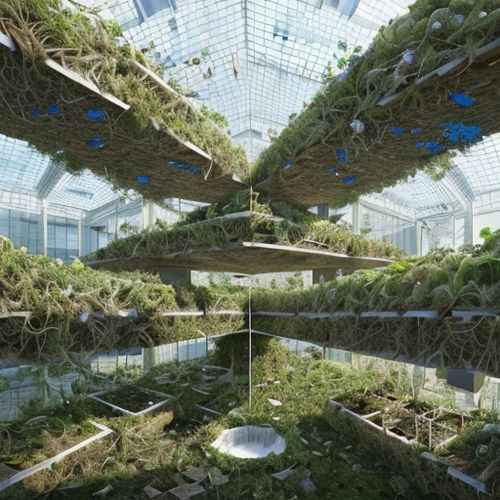
By David Anderson/May 6, 2025
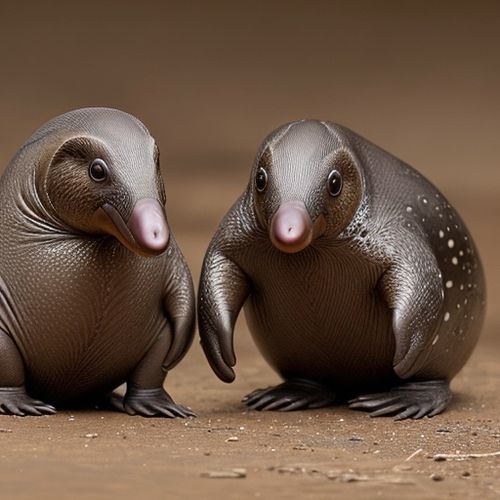
By Olivia Reed/May 6, 2025
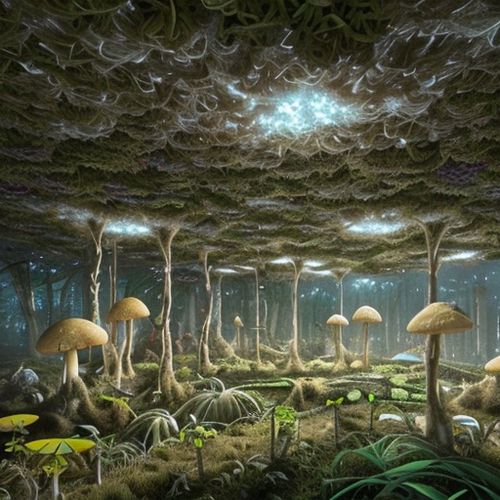
By Sophia Lewis/May 6, 2025